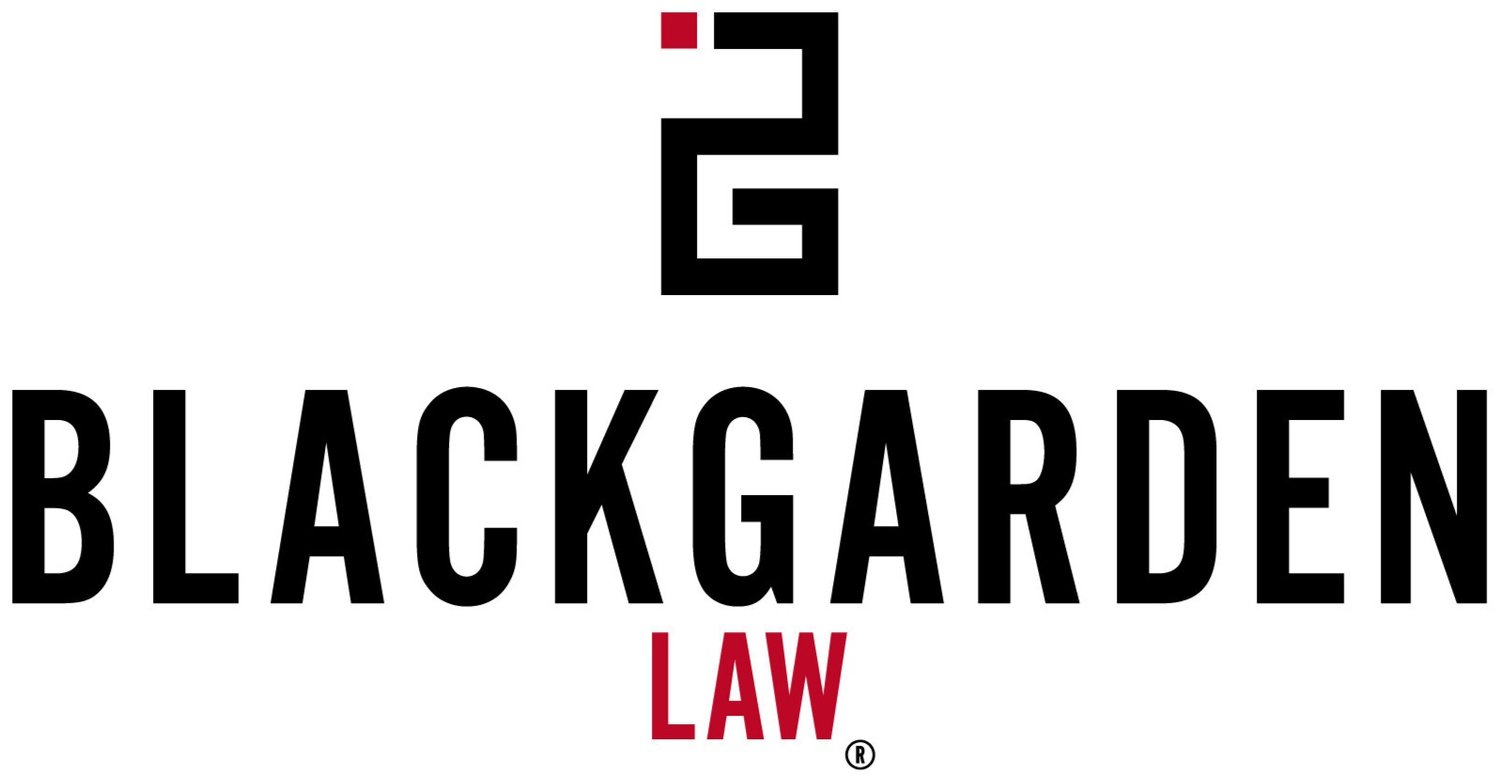The “digital divide” is the separation between those with and without access to technology because of their socioeconomic status. Regarding the Internet, the digital divide typically references end users who are only one part of the virtuous cycle of Internet access and content creation along with infrastructure, broadband providers, and edge providers (online content and service providers). Different regulatory schemes stand to expand the digital divide into other sectors of the virtuous cycle. Edge providers currently enjoy a deregulatory scheme that prevents liability for their users’ illegal content. However, that deregulatory structure is being reevaluated as services like Twitter and Facebook are being used as channels in misinformation campaigns. Meanwhile, subscription based broadband providers have been fighting to maintain their own deregulatory structures that allow them to more actively control Internet content and users rather than being treated like utilities under limited “common carriage” rules. The Internet grew under a series of deregulatory schemes. But as the digital divide persists and the Internet continues to integrate into different sectors of American culture and industry, those schemes demand reevaluation.
Please join CURCI and Gonzaga alum, Luke Batty, J.D. ('16) for this important presentation.
